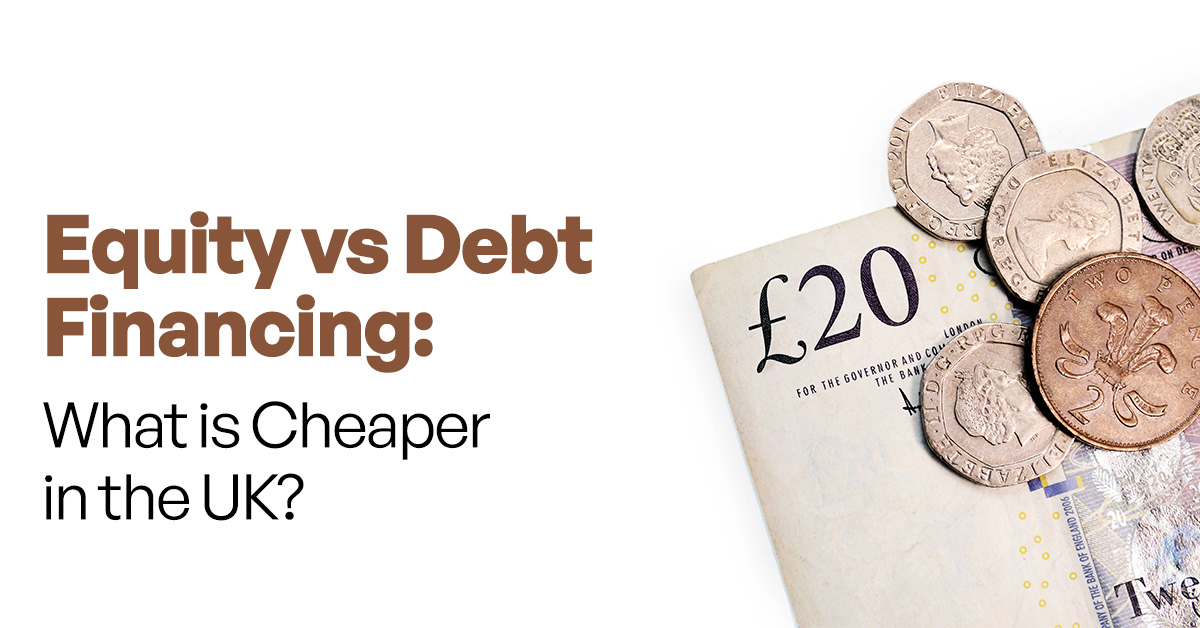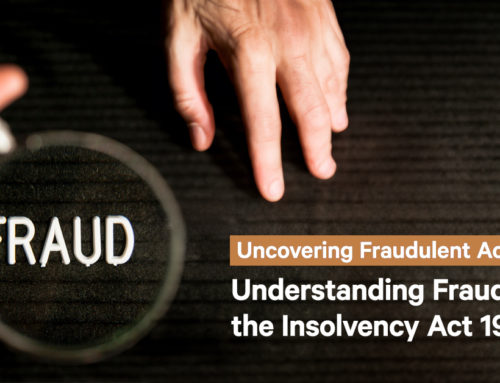There are a number of elements that go towards making a successful business. These include the likes of a strong work ethic, good employees and of course, capital. When a business is raising capital for its needs, they usually have two types of financing: equity and debt. The majority of companies will use a combination of the two as both come with distinct but separate advantages. The principal two benefits come in the fact that equity financing comes with repayment obligations, whereas debt financing doesn’t require giving up any kind of ownership of the business.
Your company has a choice on whether or not it wants to seek debt or equity financing. The choice usually depends on the funding currently available to the business and what your position is within the market. This article is going to talk in more detail about Equity vs Debt Financing, what they involve and the benefits of using each.
Equity Financing
This is a common form of financing which is where you need to sell a portion of equity from your company and get capital in return. For example, the owner of a business might need to raise some form of capital to fund an expansion. To do this, they decide to offer up 10% of their business and sell it to an investor. The investor now owns 10% of the business and as such, has a voice in all of the different decisions that the organisation needs to make going forward.
One of the major advantages that comes with equity financing is that there aren’t any obligations in place that require the money to be repaid. As such, there is no additional financial burden placed on the company as there aren’t any monthly repayments that need to be made. That doesn’t mean there isn’t a downside, though.
The downside is that if you want to gain investment and grow capital, you need to provide your investor with a percentage of your organisation. This means that profits need to be shared and you need to consult with your new partners whenever you need to make any kind of decision that will affect the way that your business operates.
Debt Financing
If you borrow using debt financing then you will need to pay back any of the money that you borrow as well as interest. The most common form of debt financing which is used tends to be taking out a loan. This kind of borrowing comes with restrictions placed on the activities of a company that will prevent it from properly taking advantage of different opportunities outside of the realm of its core responsibilities. A creditor will look favourably upon a fairly low debt-to-equity ratio, which will benefit the company when it applies for any form of debt financing in the future.
There are a number of advantages that come with debt financing. The first is that even though you are building capital, the person who has supplied it does not have any kind of ownership over your business. On top of that, once you have paid back your loan, the relationship with that financer comes to an end. Additionally, the interest that your business pays is tax deductible. Finally, it’s very easy to forecast expenses with loan payments as they do not fluctuate; they remain a fixed amount that your business will consistently pay.
There are, of course, risks to this kind of financing, though. For instance, businesses often fall on hard times, as is more so the case now than it has ever been. If the industry takes a hit or your organisation doesn’t grow as well as you’d like, debt can increase, and this places a strain on your business. As such, if you owe a lot of money and begin to struggle to make monthly payments, creditors may well decide to force your organisation to close. As such, there are particular risks involved in utilising this kind of financing.
Types of Debt Financing
Some of the different sources of debt financing include but are not limited:
- Term loans
- Invoice factoring
- Business lines of credit
- Business credit cards
- Peer-to-peer lending services
- SBA loans
- Personal loans, which are usually given by a family member or friend
Type of Equity Financing
Some of the different sources of debt financing include but are not limited to the following:
- Angel investors
- Crowdfunding
- Corporate investors
- Venture capital firms
- Listing on an exchange using an initial public offering
If you want to secure equity financing, then this is a bit of a simpler process than debt financing is. That being said, you need to have an attractive product or business idea so that people will be happy to finance it.
Which is the Cheaper Option?
The cheaper option depends on what the position of your business is and how well your business performs. Debt can be cheaper than equity if you do well, but on the other hand, if your business doesn’t perform, then the opposite can apply. If you take out a small loan on debt finance and then don’t turn any profit, you still need to pay the loan back as well as interest, which would make debt financing the more expensive option. On the other hand, if you end up selling your company for millions later down the line, the amount you pay to equity financiers would increase. It’s all very subjective.
Do You Need Help with Financing Options?
If you need assistance with your financing options, you should be sure to reach out to experts such as Leading UK. We will be able to provide you with advice on the options available to you and provide information on which option would be most beneficial for you and your business. If you require any further information or have any questions, then do not hesitate to get in touch.






